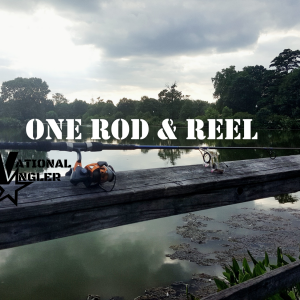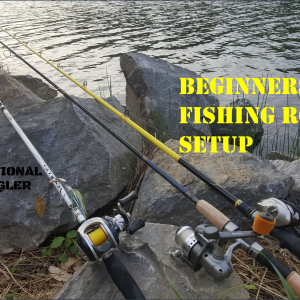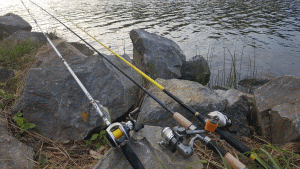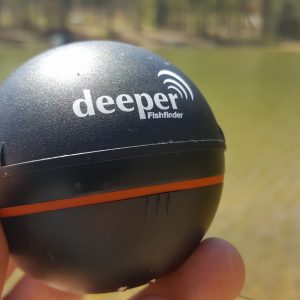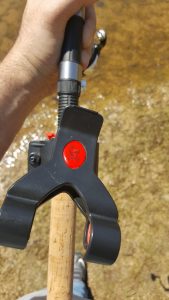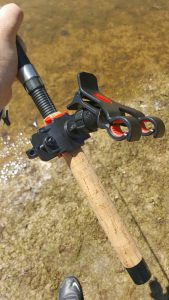Have you ever thought about the one rod and reel that you use the most and couldn’t live without?
So in my quest to become more productive while on the water and make the most of my precious time, I like to keep things simple. I’ve made more of an effort to fish smaller bodies of water and try to explore when time just doesn’t allow me to get the boat out, or I want to take my girls fishing. I always find myself dragging multiple rods for myself along with the important Barbie Rod and toys! Even trekking through the woods to get to a small body of water can be precarious with a couple of rods. I also through my Deeper Smart Portable Fish Finder and Water Wolf HD Underwater Camera while fishing, so I have to make sure the rods I bring can handle chucking those things into the water. A rod that can handle a heavy lure or camera to a small beetle spin.
So, I’m not a professional fisherman and being a professional is not in my sights currently. My goal is to show you what I used and why I picked a certain product. I’m not specifically endorsing and I’m also not working for any of the companies mentioned in the article. The target setup is a rod, reel, and line choice that compliments all my requirements, but it may not be 100% ideal and that is okay by me.
The Rod:
The rod is a Tsunami AirWave 7.5ft Surf Rod that I picked up from Bass Pro about a year ago, and boy to I love this thing! It is the one rod that is always with me when fishing. The other specs to the rod include a slim rubber grip that helps support the 10-20lb line class that is rated for 1.5-2oz. lures. When I was picking out the rod I need something that could handle flipping, pitching, catfishing, surf fishing, light saltwater. Heck, I’ve used this for crappie and bluegill when I fishing with my daughter. It has also become the workhorse of “The National Angler”. It is the rod I use for testing all my lures and my Water Wolf HD camera, and can’t forget the Deeper Smart Fish Finder.
The Reel:
Luckily for me, I already had a reel in my stash that fit my needs for this solo fishing rod application. What I’m using is the Okuma Trios High-Speed Spinning Reel. The number one choice for this reel for this application and buying was for the speed. The reel is 6.2:1 that picks up 34 inches of line per turn. My personal thinking is; I can always slow down but speeding up can be hard. Pitching, flipping, and top water are my number one choices for the high speed. The reel also comes in at a moderate 10oz. and a great drag set up. The one thing that had me sold on this reel was the high speed and man can this thing pick up fishing line in a hurry.
The Line:
Well, I’m not actually using just one type of line for this reel. The main line I’m using is 50lb test Tuf-line XP in green. Wait, I did say I was using more than one type of line. Some applications like my Deeper, Water Work, and Flipping I’ll tie braid directly. When the conditions require, say monofilament for topwater or fluorocarbon for clear water, I can easily tie a certain amount of leader directly to the braid.
I’m curious, after reading this what would you select as your choice for just one rod and reel to do it all?
Semper Fish!
Joe, The National Angler

